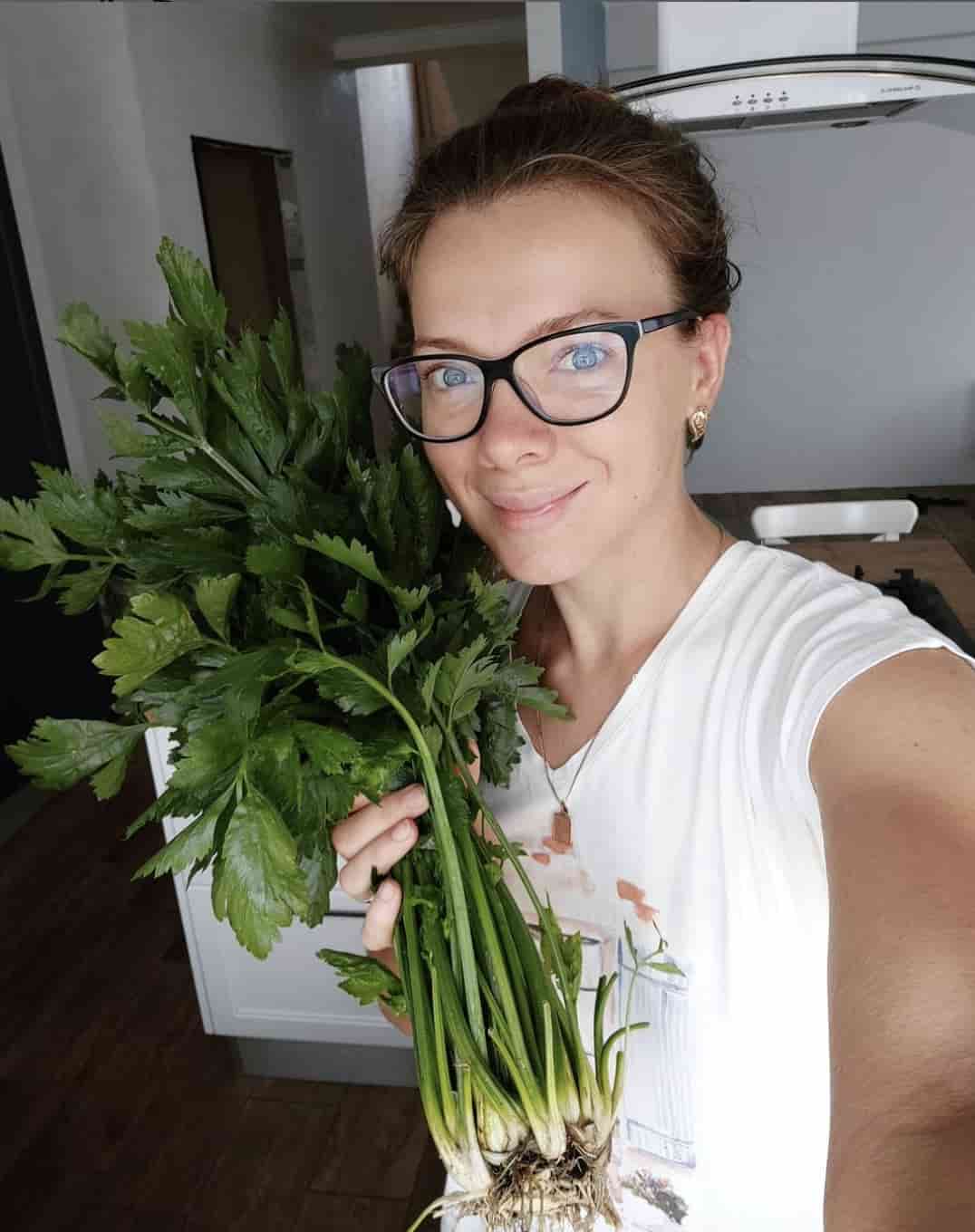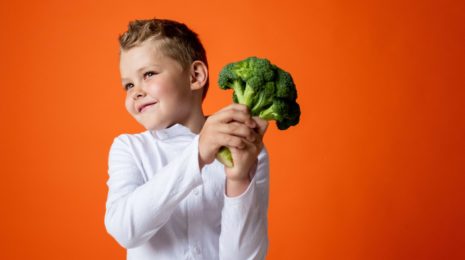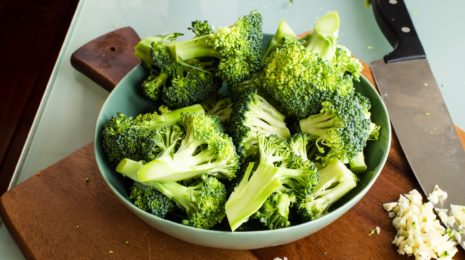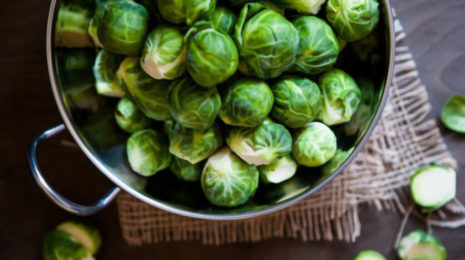What Is Kohlrabi?
Kohlrabi is a variety of cabbage that is a minor vegetable in Europe, Asia, and differs significantly from other varieties of cabbage. People eat the thick, turnip-like stem of kohlrabi. It has a rich and delicate flavor with sweet notes.

What does kohlrabi taste like?
Kohlrabi tastes a bit like broccoli, but is softer and sweeter; it also has more flesh, which is hidden under two layers of fibrous skin. This skin should always be peeled off, especially if you are going to eat kohlrabi raw. Primarily, eat raw kohlrabi in salads.
How To Grow Kohlrabi
Kohlrabi is a cold-resistant crop. It is unpretentious to the soil fertility, fastly grows up, and is resistant to crop infestation.
Interestingly, Kohlrabi is called “northern lemon” for its ability to grow in a harsh climate. Kohlrabi can be grown in:
- Canada
- Alaska
- The cold States of America
Kohlrabi Varieties

- Early varieties – ripening time 50-70 days;
- Medium-ripening varieties – ripening time 70-120 days;
- Late-ripening varieties – maturity 120-180 days.
What Is Kohlrabi Good for You?
The volume of kohlrabi equal to 100 g contains the following elements:
| Water | Dietary fiber | Carbohydrates | Fats | Squirrels | Nutritional value |
| 86 g. | 1,7 g. | 7,9 g. | 0,1 g. | 2,8 g. | 44 kcal. |
In Addition, This Vegetable Contains Several Vitamins and Minerals:
- Vitamin A helps to form connective tissue, cartilage, and bones, as well as improve vision and, in particular, the cornea of the eye.
- B vitamins, which are an integral part in maintaining the healthy functioning of the nervous system and the conduct of nerve impulses, are also important in the process of metabolism;
- Vitamin C, and the amount of it in Kohlrabi sprouts, has led to their being called “lemons from the garden.” This vitamin is essential for a strong immune system and healthy blood vessels and capillaries;
- Calcium, which forms the basis necessary for the formation and strength of bones and joints;
- Potassium is responsible for the regulation of electrical signals conducted in the body, which affects the work of the muscles and especially the heart;
- Cobalt is a mineral that is part of vitamin B12, helps strengthen the immune system, is a catalyst for white blood cells, and is necessary in the formation of red blood cells and nerve sheaths;
- Iron is a trace element involved in the transport of oxygen and carbon dioxide.

How To Choose and Store Kohlrabi
The selection of a suitable kohlrabi can be made according to the following guidelines:
- Uniform coloration and density of the leaves;
- If the color of the variety is pale green, choose small-sized fruits; when choosing purple varieties, choose medium-sized fruits weighing up to 300-400 grams.
- The fruit itself should be dense and tight; there should be no spots on it, and the color should be uniform;
- There are no signs of mechanical damage or disease on the stem.

Basic Conditions for Long-Term Storage:
If long-term storage is planned, it is not superfluous to observe some recommendations:
- For storage, it is better to leave only the fruit with the roots, the leaves should be removed;
- Keep the air temperature around 0 degrees Celsius;
- Maintain an air humidity of 95%;
- The vegetable can be stored in the refrigerator for no more than a month;
- For long-term storage (several months), storage in crates or baskets with the addition of some sand is recommended.
Popular Kohlrabi Recipes
10 Interesting Facts About Kohlrabi
- Kohlrabi is called the “northern lemon” because of its ability to grow in the far north and its high vitamin C content;
- This type of cabbage is quite popular in France, where a soup of kohlrabi, served in the most famous establishments, is considered particularly premium;
- The French also distinguished themselves with a recipe in which kohlrabi is used to make pasta seasoned in orange juice;
- Compared with its relatives, this variety of cabbage is much less susceptible to diseases and pests;
- The young leaves of kohlrabi are also a valuable and edible part of the plant;
- The name “Kohlrabi” has German roots and translates to “turnip cabbage;
- Kohlrabi juice has a positive effect on the digestive process;
- The homeland of kohlrabi is ancient Rome;
- Kohlrabi is a very fertile crop, allowing for 2–3 harvests per season;
- In ancient Rome, where cabbage comes from, it was considered the food of the poor.
FAQ
This type of cabbage is great for eating fresh, so the best way to preserve all the useful qualities is to cook it, and the pleasant taste of flesh will please gourmets.
The main part used for food is the stem, which has the shape of a flattened ball.
The leaves of this plant are suitable for use only if the plant is young.
This vegetable, like most types of cabbage, is not recommended for use in diseases of the gastrointestinal tract accompanied by high acidity, such as ulcers, pancreatitis, or gastritis.
Kohlrabi cabbage leaves contain two to three times more vitamins than its tubers.










